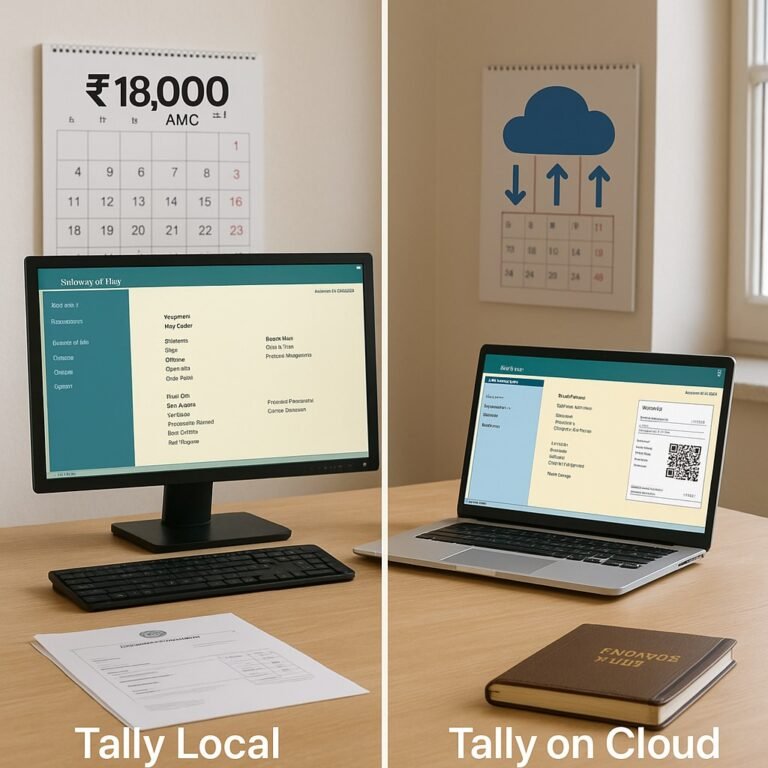
Saving on income tax is one of the biggest advantages of buying insurance in India. But when it comes to Section 80C, 80D, and 10(10D) of the Income Tax Act, things can get confusing — especially if you’re trying to maximize deductions or file returns without a CA.
This article will break down the difference between these three sections, what types of insurance they cover, and how much you can claim in 2025.
What Are These Sections All About?
- Section 80C = Life insurance premium deduction
- Section 80D = Health insurance premium deduction
- Section 10(10D) = Tax-free maturity benefit from life insurance or ULIP
Each section targets a different kind of insurance product. And in some cases, you may be eligible to claim under two or even all three.
Section 80C: Life Insurance Premiums
If you’re paying premiums for a life insurance policy, including ULIPs or endowment plans, you can claim the amount under Section 80C, up to a maximum of ₹1.5 lakh per year.
- The policy must be in your name, your spouse’s, or your children’s.
- Premiums should not exceed 10% of the sum assured
📌 Important: To be eligible, the annual premium must not exceed 10% of the sum assured (for policies issued after April 1, 2012).
Section 80D: Health Insurance Premiums
| Person Covered | Age | Max Deduction Allowed |
|---|---|---|
| Self, spouse, children | Below 60 | ₹25,000 |
| Parents | Below 60 | ₹25,000 |
| Parents | Above 60 | ₹50,000 |
| Self + Parents (both senior citizens) | Above 60 | ₹1,00,000 |
You can also claim an additional ₹5,000 for preventive health check-ups — but it’s included within the total limit.
Section 80D applies to individual health plans, family floaters, senior citizen plans, and even multi-year premium policies (divided annually).
If you want a detailed breakdown of Section 80D — including step-by-step examples, real-life use cases, and common mistakes to avoid — read our full guide here.
Section 10(10D): Maturity Proceeds Are Tax-Free
If your life insurance policy or ULIP matures, and certain conditions are met, the entire payout is tax-free under Section 10(10D).
- Policy premium is less than 10% of the sum assured (for policies issued after 2012)
- Policy must not be surrendered early
- Maturity amount includes bonuses or loyalty additions
It’s why many people prefer traditional or endowment plans — they combine protection with tax-free returns.
Let’s say you’re a salaried person paying:
- ₹40,000 per year for a term life policy
- ₹18,000 for your own health insurance
- ₹35,000 for your senior citizen parents’ health insurance
- Your term plan matures with ₹10 lakh in benefits
Your total tax benefits:
- ₹40,000 under Section 80C
- ₹53,000 under Section 80D (₹18K + ₹35K)
- ₹10,00,000 is fully tax-free under Section 10(10D)
Key Differences at a Glance
| Section | Applies To | Deduction / Benefit | Limit (FY 2025) |
|---|---|---|---|
| 80C | Life insurance premiums | Deduction from taxable income | Up to ₹1.5 lakh |
| 80D | Health insurance premiums | Deduction from taxable income | Up to ₹1 lakh |
| 10(10D) | Life insurance maturity payout | Entire amount tax-free | No upper limit (subject to conditions) |
Need-to-Know Before You Start
- If your term plan’s premium is more than 10% of the sum assured, the maturity proceeds may become taxable.
- Keep receipts and policy documents handy — especially for preventive check-ups and parent premiums.
- Don’t club health rider premiums under 80D if they’re part of a life insurance plan — they belong under 80C.
When planning your tax strategy in 2025, make sure to combine Section 80C and 80D smartly, and keep an eye on policy maturity timelines to claim Section 10(10D).
These insurance-related deductions not only save tax but also secure your family’s future — so use them fully and wisely.













